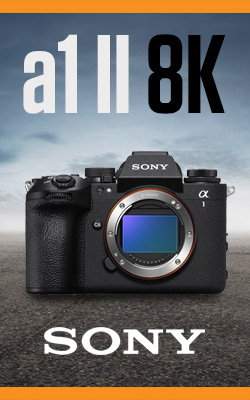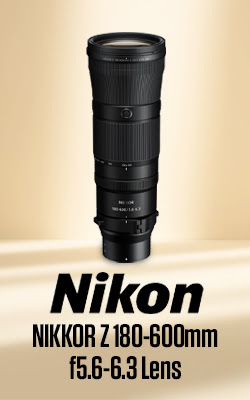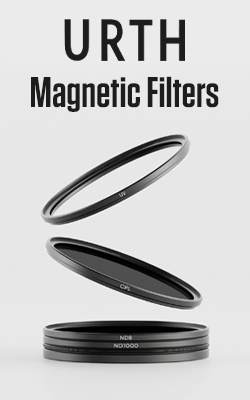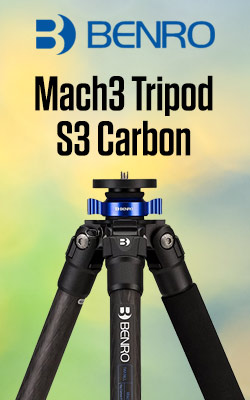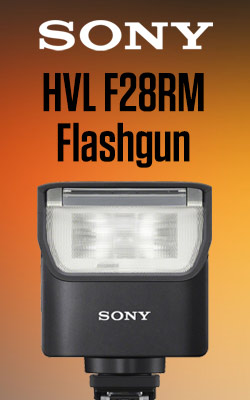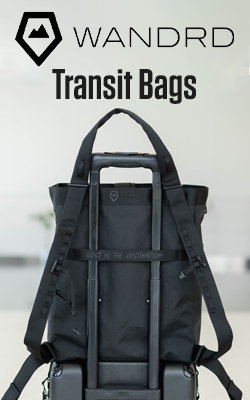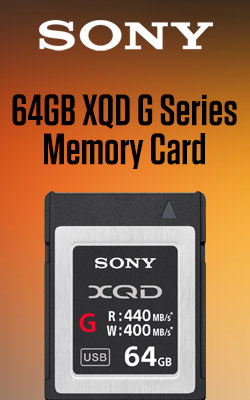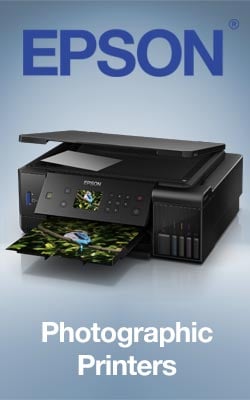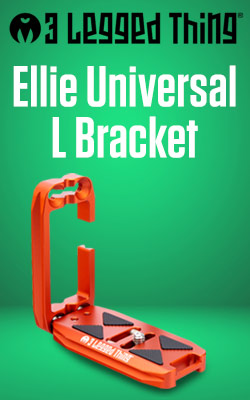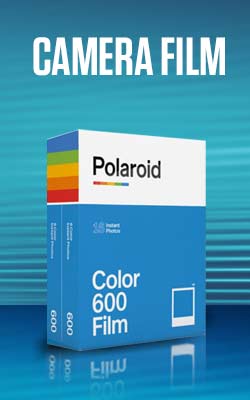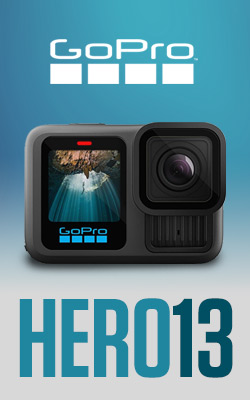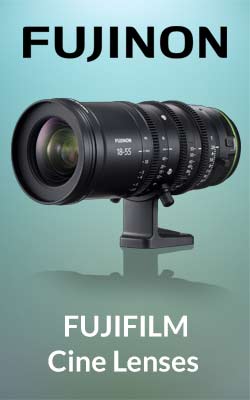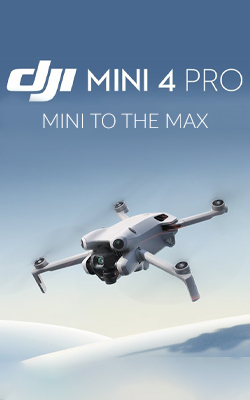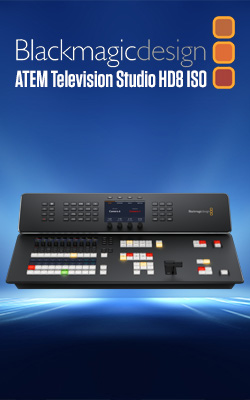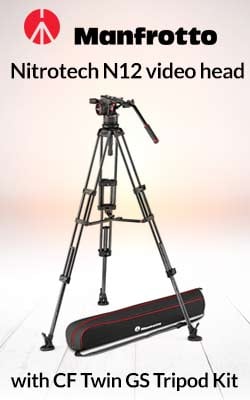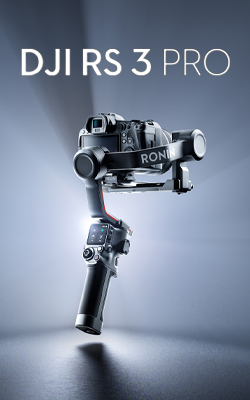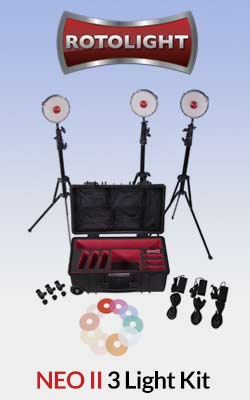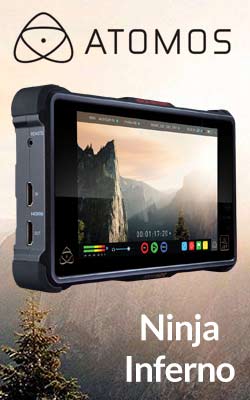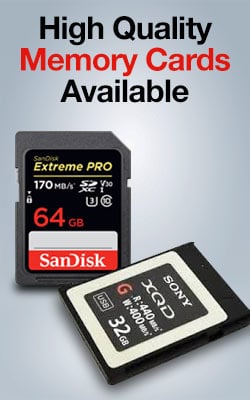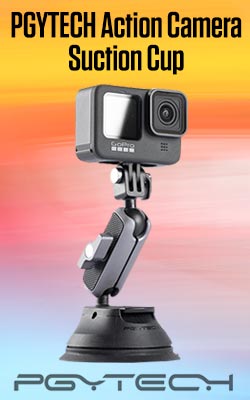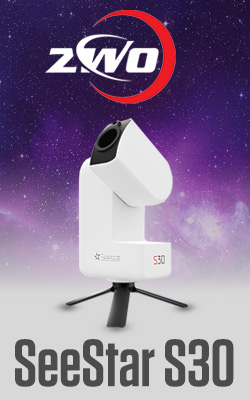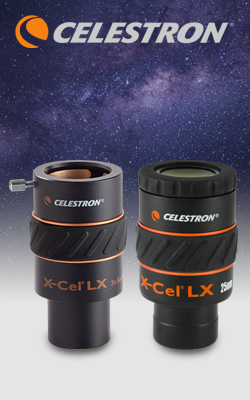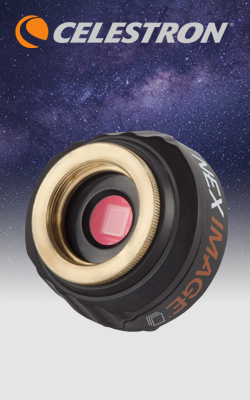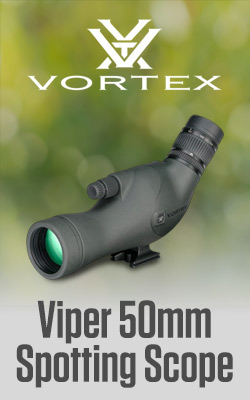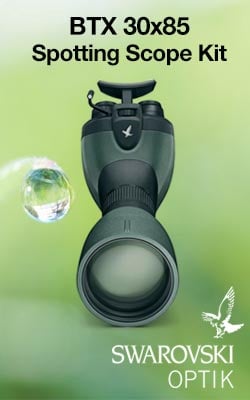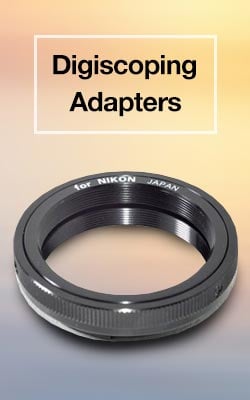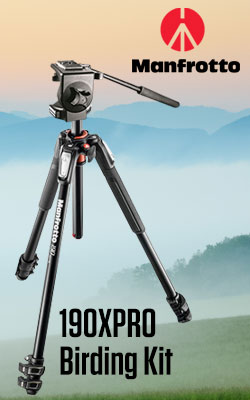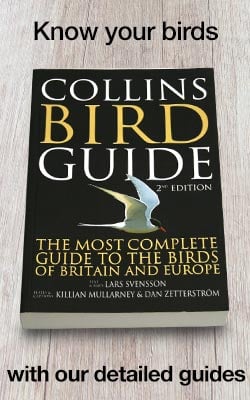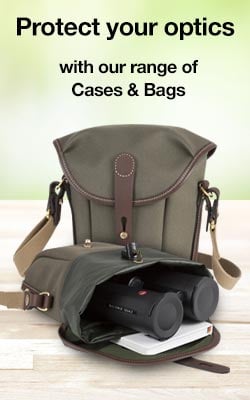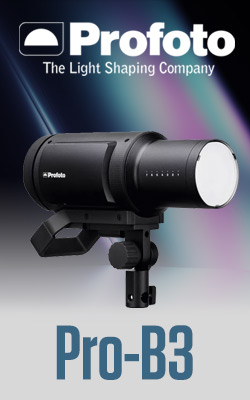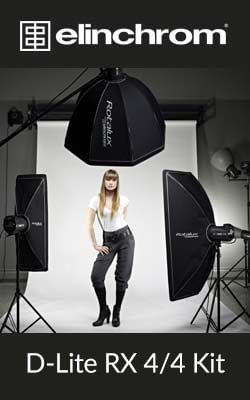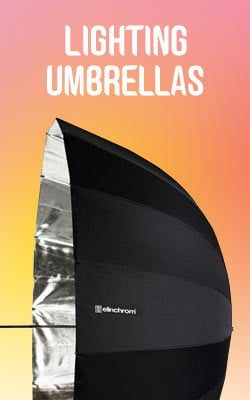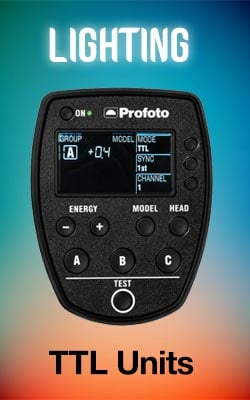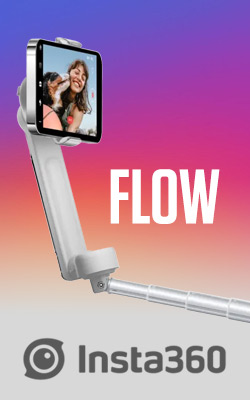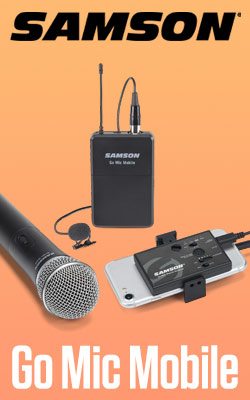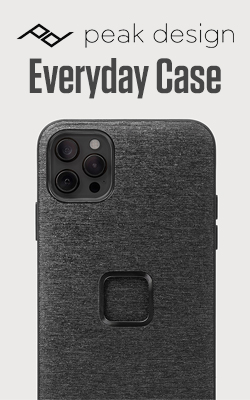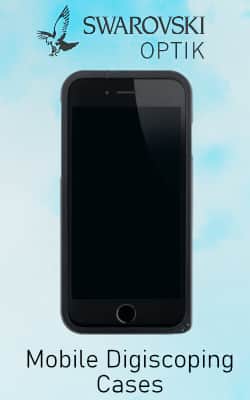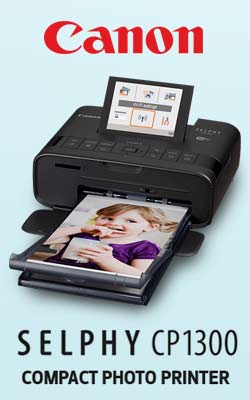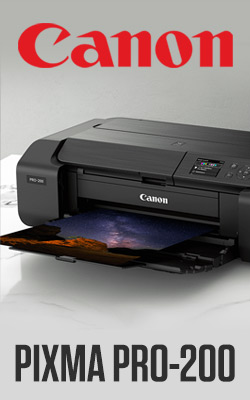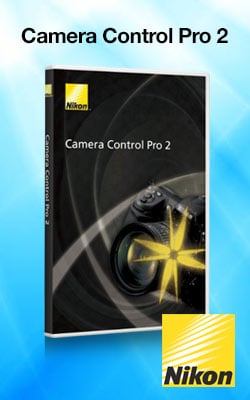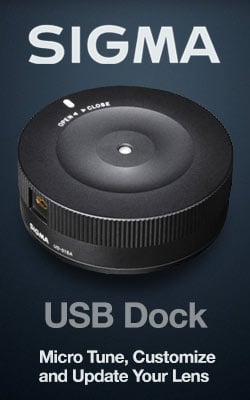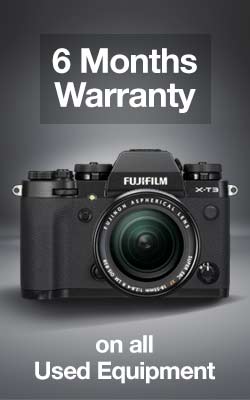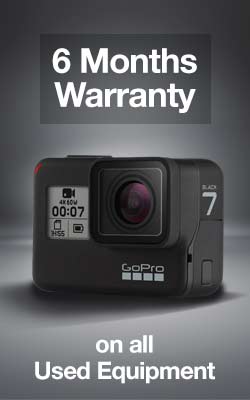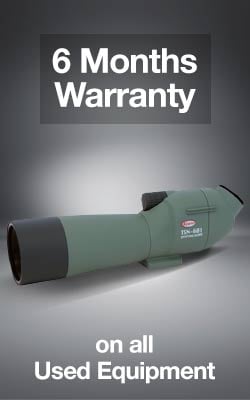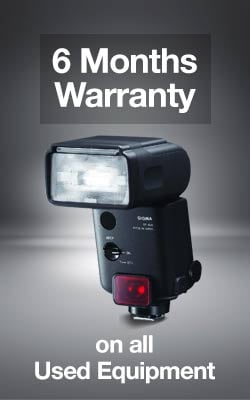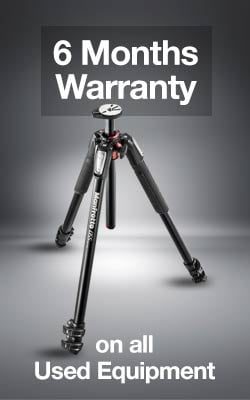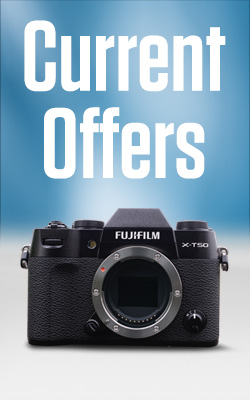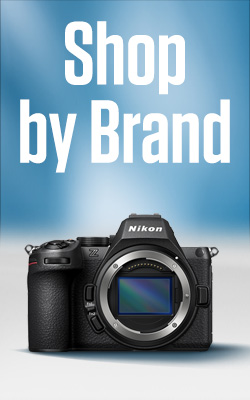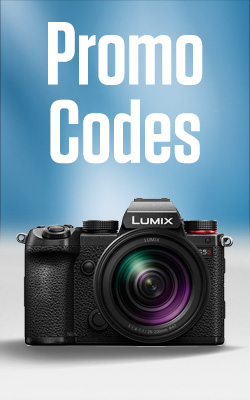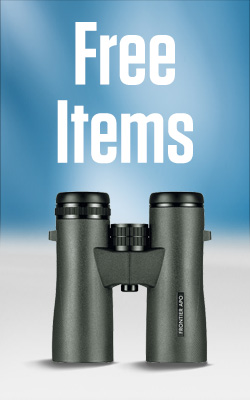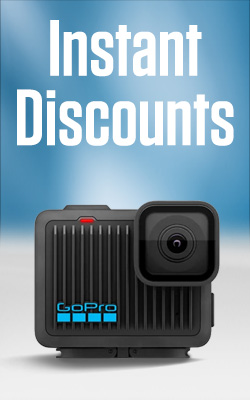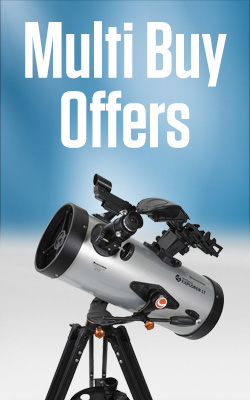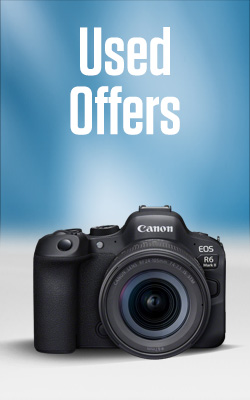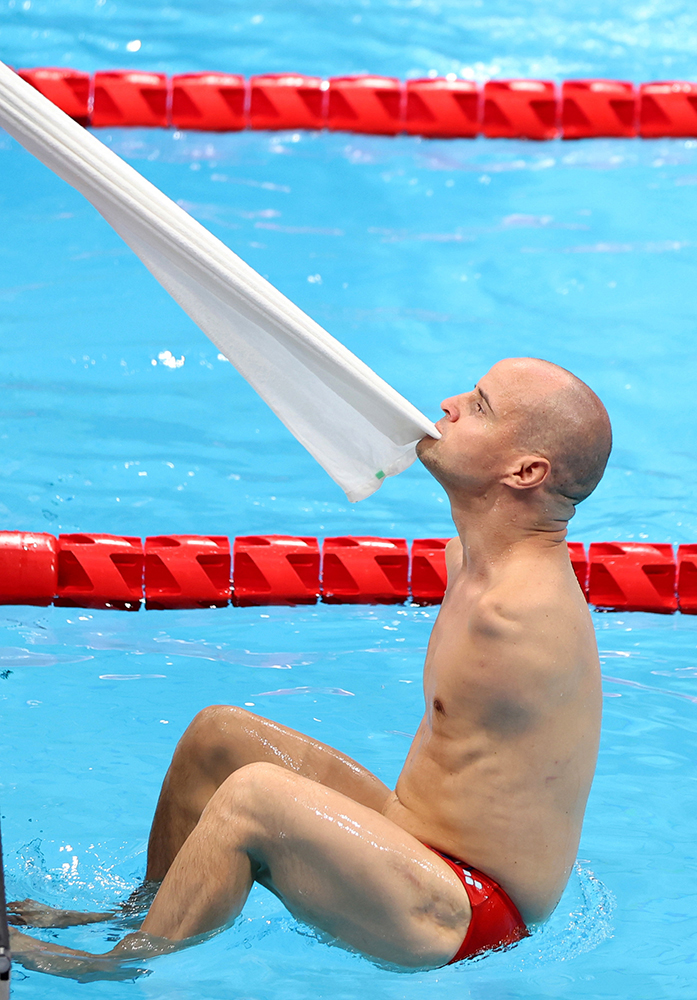Sports Photography Tips with Molly Darlington
We caught up with Molly Darlington, a Canon Ambassador, whose fast reactions and love of all things sport has put her up among the top sports photographers working today.
Keep reading to learn her tips and tricks for taking the best sports photos.
Image credit: Molly Darlington
How did you get into sports photography?
I got into sports photography firstly by studying photography at school and college. Whilst at college, I saw an advertisement for a volunteer photographer needed at the local non-league football club, 1874 Northwich. As I loved photography and football separately I thought I'd give it a go.
I photographed the home and away games for about 3 seasons, teaching myself how to use my equipment. I originally started with a Canon 1200D and after the first season upgraded to the Canon 5D Mark III (succeeded by the Canon 5D Mark IV) with a Canon EF 70-200mm f/2.8L IS II zoom lens.
As I continued through college I realised it was what I wanted to pursue as a career, so I decided to study photography at Manchester Metropolitan University. Here I met Ross Cooke, an ex-MMU student who was working for Bury FC at the time. He offered me a game that he wasn't available for and that's where I covered my first professional football match; Bury v Bradford City.
I became a Canon Ambassador in September 2020 after being put forward by Jakki Moores. Jakki has always been insanely helpful to me during my short career so far, she's assisted me with equipment and great advice in the industry.
I currently work for Reuters News Agency capturing the action at live sporting events as a professional photographer.
Why choose Canon for sports photography?
I have always used Canon since I received a Canon 1200D for my birthday at 14 years old, I love the cameras and how the systems operate. It works for me.
Image credit: Molly Darlington
What’s your current go-to kit?
- Canon 1DX Mark III (Now unavailable) with Canon EF 400mm f2.8 L IS II (succeeded by the III)
- Canon 1DX Mark III (Now unavailable) with Canon EF 70-200 mm f/2.8L IS III
- Canon 1DX Mark II with Canon EF 16-35mm f/2.8L III
- Remote set up - Canon 1DX Mark II with EF 24-70mm f/4 and Pocket Wizards
- Laptop
- Monopod
- Mifi
I take this set-up to all my events, especially football matches as these are pretty consistent. If I was to cover another sport I may loan some additional lenses from Canon, but I find that what I have works for most things and is all just as important as one another.
What is your go-to lens for sports and why?
I have two go-to lenses for sports. I currently use a Canon EF 400mm f2.8 L IS II USM Lens (succeeded by the III) and a Canon EF 70-200mm f2.8L IS III USM. I use the shorter focal length to capture goal mouth action, goals and celebrations, while I choose the longer lens for match action, capturing fan photos and shots of the managers.
Image credit: Molly Darlington
Do you have to have a telephoto lens for sports photography?
You don’t always have to use a telephoto lens for sports photography, it depends on what you are trying to capture. You may want to walk around a football ground with a fixed 50mm or a wider lens to capture a fan’s perspective from the stands or a general stadium shot.
When shooting editorially though, a telephoto lens is required as without one I couldn’t capture the images needed.
What camera settings do you use most when out in the field?
My regular camera settings for shooting football, for example, are shutter speed 1/1600th, aperture f2.8 and the ISO depends on where I am and what time of day I’m shooting the match. Some stadiums have worse lighting than others so it needs adjusting accordingly. I have it on a high continuous shutter as this is the best way to capture sequences, whether that be action goals or celebrations.
The key to success = 1/1600th + f2.8 + variable ISO + high continuous shutter
Do different sports require different setups?
Absolutely different sports need different setups. Shutter speed can really change depending on what you’re shooting, and sometimes you may not want the shallow depth of field. A lot of it can be down to personal preference, but most sports have general rules.
You may also want to change your set-up to do a pan, this is when you use a slower shutter speed – anything from 1/10th to 1/100th – to create background motion blur. As you can see in this image from Formula One, I have followed the car as it moves past me. For automotive sports, I’m aiming for the helmet of the driver to be in focus and the rest to show some motion blur.
Image credit: Molly Darlington
How does your remote camera setup work?
For my remote camera, I use a Canon 1DX Mark II, usually paired with a Canon EF 24-70mm f4. I have it on a mini tripod and use two pocket wizards; one on this camera, and the other on top of my camera body with the 70-200mm lens that I’m holding.
I set the remote camera up behind the goal, manually focusing it just after the goal line. Then each time I take a photograph with the camera I am holding it will trigger the camera behind the goal to take a photograph.
One of my favourite remote images actually doesn’t come from football but from the Show Jumping at the 2020 Tokyo Olympics. I set the remote up in the centre of the jump, side on, and triggered it from outside of the arena. They didn’t all work out like this one below, some had the rider chopped off and others weren’t positioned correctly, but for me, this one worked perfectly.
Image credit: Molly Darlington
Which is more important, a good camera or a good lens?
In my opinion, both. A good camera and a good lens are important because you couldn't use one without the other.
What's it like to be so close to the action?
Being so close to the action is brilliant, I've always loved watching and playing sports from a young age. I love being in the moment capturing the emotion of the athletes, it's something special.
Image credit: Molly Darlington
Do you need to know the rules of the game to be good at sports photography?
I think this is all down to personal preference. I would say yes it's much easier to photograph a sport that you know like the back of your hand, but I also know people who would say no and it's all part of the fun of it.
In football, for example, as I know the game I find it easier to anticipate where the ball may end up next. However in rugby, because I've never watched or been a fan I don't really know what's going on and where the ball could end up next.
Do you have a favourite on-the-job moment?
My favourite on-the-job moment so far was during the 2020 Paralympics in Tokyo. I photographed Beatrice Maria Vio from Italy winning the gold medal in wheelchair fencing. I was so touched by how incredible Beatrice was, I loved capturing her winning the gold medal and the emotion she showed made some incredible photographs.
Image credit: Molly Darlington
How does working as a professional sports photographer covering sporting events work?
The process depends on what we are photographing. An example of my set-up at a Premier League football match would be:
- Canon 1DX Mark III with Canon EF 400mm f2.8 L IS II
- Canon 1DX Mark III with Canon EF 70-200 mm f/2.8L IS III
- Canon 1DX Mark II with Canon EF 16-35mm f/2.8L
- Remote set up - Canon 1DX Mark II with EF 24-70mm f/4
This is the equipment I would use, with three cameras beside me at all times and then the remote set up. I will set them all on an aperture of F2.8, 1/1600th fast shutter speed and then vary my ISO depending on the lighting.
If the lighting in the ground is quite even I will use Auto White Balance, but if it's a bit yellow or blue I'll adjust the Kelvin.
Once I've taken a sequence of images I'll look back at them and if I think there is a good image worthy of sending, whether that be an action or goal or celebration, I would then click the 'set' button on my camera and this will send my images straight to the editing desk in London.
To do this I have to connect my cameras to my Huawei Mifi and insert the agency's FTP settings. The editing desk will then pick up the images and will caption and crop them and send them out onto the wire. From here they may get picked up for publishing by clients either online or in print.
With a good connection from sending an image off the back of the camera to the editing desk processing them and putting them out onto the wire, this can be done in a couple of minutes. The speed is vital when competing to get images out first over other agencies.
Image credit: Molly Darlington
And finally… What’s your #1 Tip for Epic Sports Photography?
Keep practising no matter what level of photographer you are and what level of sport you're covering, I am always learning new things every time I shoot. Every location and sport is different so it's good to try out new things and test yourself.
Want to see more from Molly?
Check out her socials here:
- Instagram @mollydarlington
- Facebook @MDarlingtonPhotography
- Twitter @mdarlington_
Read next
Thank you!
Thanks for taking the time to read our blog, we really do hope they help you out and answer some of your questions. If you still have some unanswered, then please feel free to get in touch with our team of experts.
We have a LiveChat option on our website and we can, of course, be contacted via our email, we're also on the end of the phone too! Read more on how to contact us here >
Want to write for us?
If you've got experience with producing content on photo, video and/or optics products or techniques then we would love to hear from you. Contact our blog editor, Bea, with a sample of your work at [email protected].
- 1 Aug 2022


